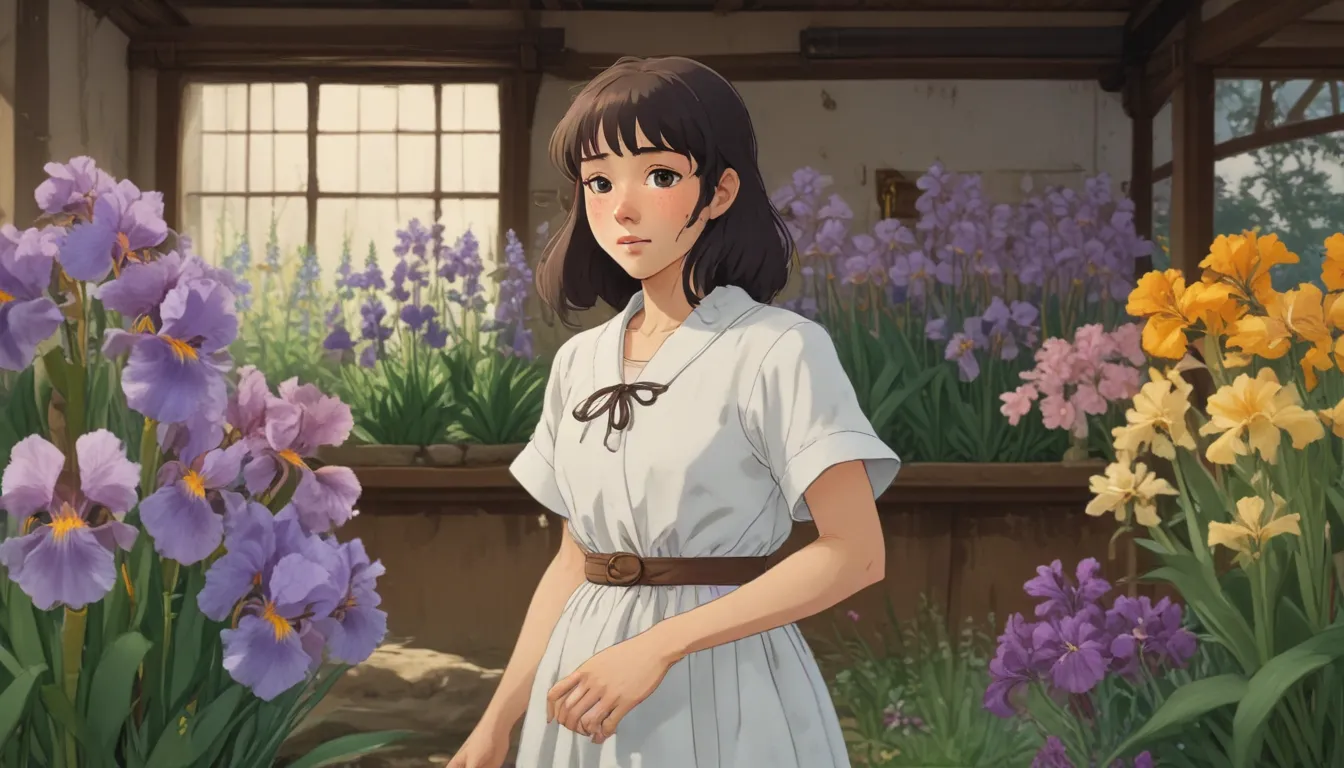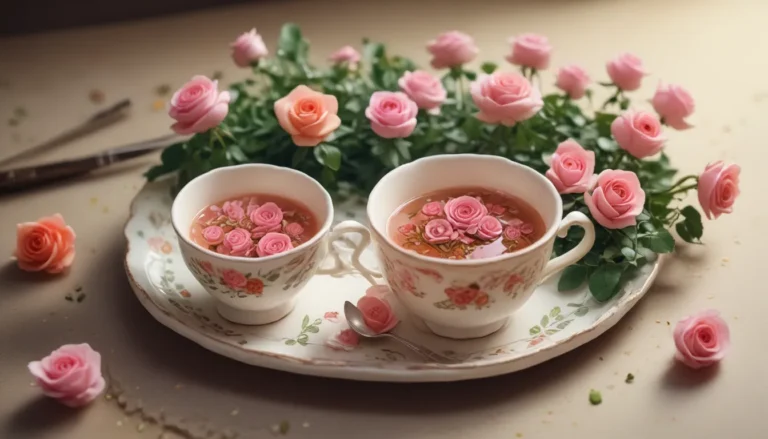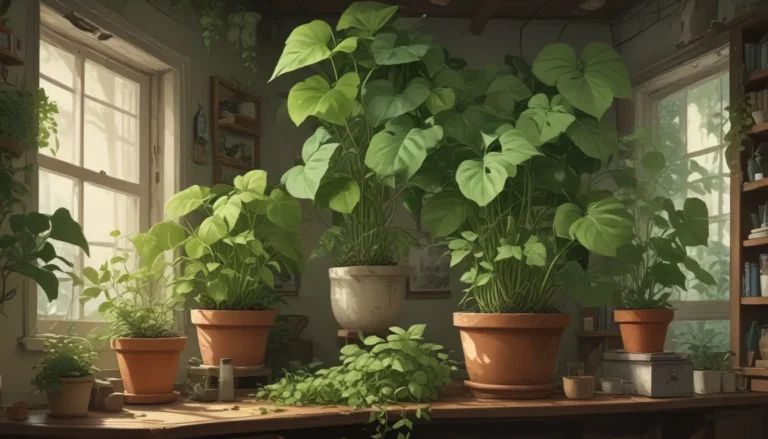Ultimate Guide to Iris Classification, Flowering Sequence, and Beyond

Irises are a timeless favorite in gardens all over, known for their vibrant colors, delightful fragrances, and graceful presence. These stunning flowers have a wide range of varieties and classifications, making them a versatile choice for any garden setting. From the elegant Bearded irises to the exotic Aril group and the charming Beardless varieties, there is something for everyone to enjoy.
So grab your gardening gloves and get ready to dive into the wonderful world of irises with our comprehensive guide. From classification breakdowns to flowering sequences and beyond, you’ll be equipped with all the knowledge you need to cultivate these beautiful blooms in your garden. So let’s get started!
Types of Irises: A Comprehensive Overview
Irises belong to the large genus in the Iridaceae family, offering a diverse array of plants to choose from. To help you navigate the world of irises, we’ll break down the main categories and explore each group in detail.
Classifications
According to the American Iris Society (AIS), irises are classified into three main groups: Bearded, Aril, and Beardless. Let’s take a closer look at each group:
Bearded Irises
The Bearded category, deriving from the I. germanica species, is one of the most popular groups known for its showy flowers with distinctive beards at the base of the lower petals. Bearded irises come in a variety of sizes and flowering times, ranging from the Miniature Dwarf Bearded to the Tall Bearded types.
- Miniature Dwarf Bearded (MDB): These adorable early bloomers are perfect for adding a pop of color to your garden in late March to early May.
- Standard Dwarf Bearded (SDB): Flowering immediately after MDBs, SDB varieties are ideal for borders and containers in April and May.
- Intermediate Bearded (IB): Beautifully branched plants that bloom throughout May and June, providing a striking display in mixed perennial borders.
- Border Bearded (BB): Similar in size to IBs, BBs are excellent choices for areas prone to high winds, blooming in May and June.
- Miniature Tall Bearded (MTB): Reaching 16 to 25 inches tall, MTBs are prized for their elegant flowers, perfect for floral arrangements.
- Tall Bearded (TB): Tall and stately, TB irises grow 28 to 48 inches tall, making them ideal for cut flowers or mass plantings.
Aril Irises
The Aril group consists of species native to semi-arid and desert regions, known for their extravagant colors and unique characteristics. While they require specific growing conditions, hybrid cultivars known as arilbreds are more adaptable and suitable for a wider range of climates.
Beardless Irises
Beardless irises encompass a variety of species that prefer moist conditions, making them perfect for areas beside bogs, creeks, and marshes. From the elegant Spurias to the sophisticated Siberians and Japanese varieties, Beardless irises offer a unique charm to any garden setting.
- Spurias (SPU): Tall and elegant, Spurias are known for their slim flowers and striking appearance, blooming from May to June.
- Siberian (SIB): Sophisticated and reliable, Siberian irises boast stylish, fluted petals and flower throughout May and June.
- Japanese (JI): These tall, refined irises provide a captivating display with orchid-like blooms on abundantly branching stems, blooming from late June to August.
- Louisiana (LA): Comprised of five species, Louisiana irises flower in April and May, thriving in aquatic or rain gardens.
Species and Bulbous Varieties
In addition to the main classifications, irises also include species plants such as I. confusa, I. missouriensis, I. tectorum, and I. versicolor, which typically prefer environments similar to their native habitats. Bulbous varieties like I. reticulata, I. hollandica, and I. danfordiae offer early spring blooms and extend the flowering season in the garden.
Flowering Sequence
Irises are loosely grouped into three flowering times of early, mid, and late season, allowing for a prolonged display of color in your garden. From early bloomers like bulbous varieties to late-season favorites like Japanese irises, there is a variety of blooms to enjoy throughout the year.
- Early Season: Dwarf bulbous varieties bloom in late winter and early spring.
- Mid-Season: Bearded irises such as Miniature Dwarf and Standard Dwarf types flower in early to mid-spring.
- Late Spring: Arils, arilbreds, Intermediate Bearded, and Louisianas bloom in late spring.
- Early Summer: Border, Miniature Tall, and Tall Bearded irises bloom from mid-spring into early summer.
- Late Spring to Early Summer: Siberians and Spurias offer a display of color from May to July.
- Late Spring to Midsummer: Bulbous European varieties including Dutch, English, and Spanish species bloom from late May to July.
- Early to Midsummer: Japanese irises provide a stunning display from June to July.
With careful selection and strategic planting, you can enjoy months of scented elegance with various iris varieties in your garden.
Cultivation Tips and Care Guide
Now that you’re equipped with a wealth of knowledge about irises, it’s time to put that information into action. Here are some helpful tips to ensure your irises thrive in your garden:
- Choosing the Right Location: Bearded and Aril irises require well-draining soil with rhizomes exposed to the sun, while Beardless types prefer moist conditions until blooming.
- Proper Planting: Plant rhizomes at the correct depth and spacing to ensure optimal growth.
- Watering and Maintenance: Monitor soil moisture levels and water as needed, paying attention to specific requirements for each iris group.
- Preparing for Winter: Properly mulch and protect your irises during the winter months to ensure healthy growth in the following season.
By following these cultivation tips and care guidelines, you can cultivate a stunning display of irises in your garden, bringing color and fragrance to your outdoor space.
Conclusion
Irises are a delightful addition to any garden, offering a wide range of colors, fragrances, and forms to enjoy. By understanding the various classifications, flowering sequences, and cultivation tips, you can create a vibrant and thriving iris garden that will captivate your senses throughout the year.
So whether you’re a seasoned gardener or a novice enthusiast, irises are a fantastic choice for adding charm and elegance to your outdoor space. With their versatility and beauty, irises are sure to become a beloved staple in your garden for years to come.
So what are you waiting for? Start planning your iris garden today and watch as these exquisite blooms transform your outdoor oasis into a colorful paradise!
Let us know about your favorite irises and gardening experiences in the comments below. We’d love to hear from you!
For more gardening guides and tips, don’t forget to check out our other informative articles. Happy gardening!
Disclaimer: Please note that this article contains affiliate links. If you make a purchase through these links, we may earn a commission. Thank you for supporting our site.





